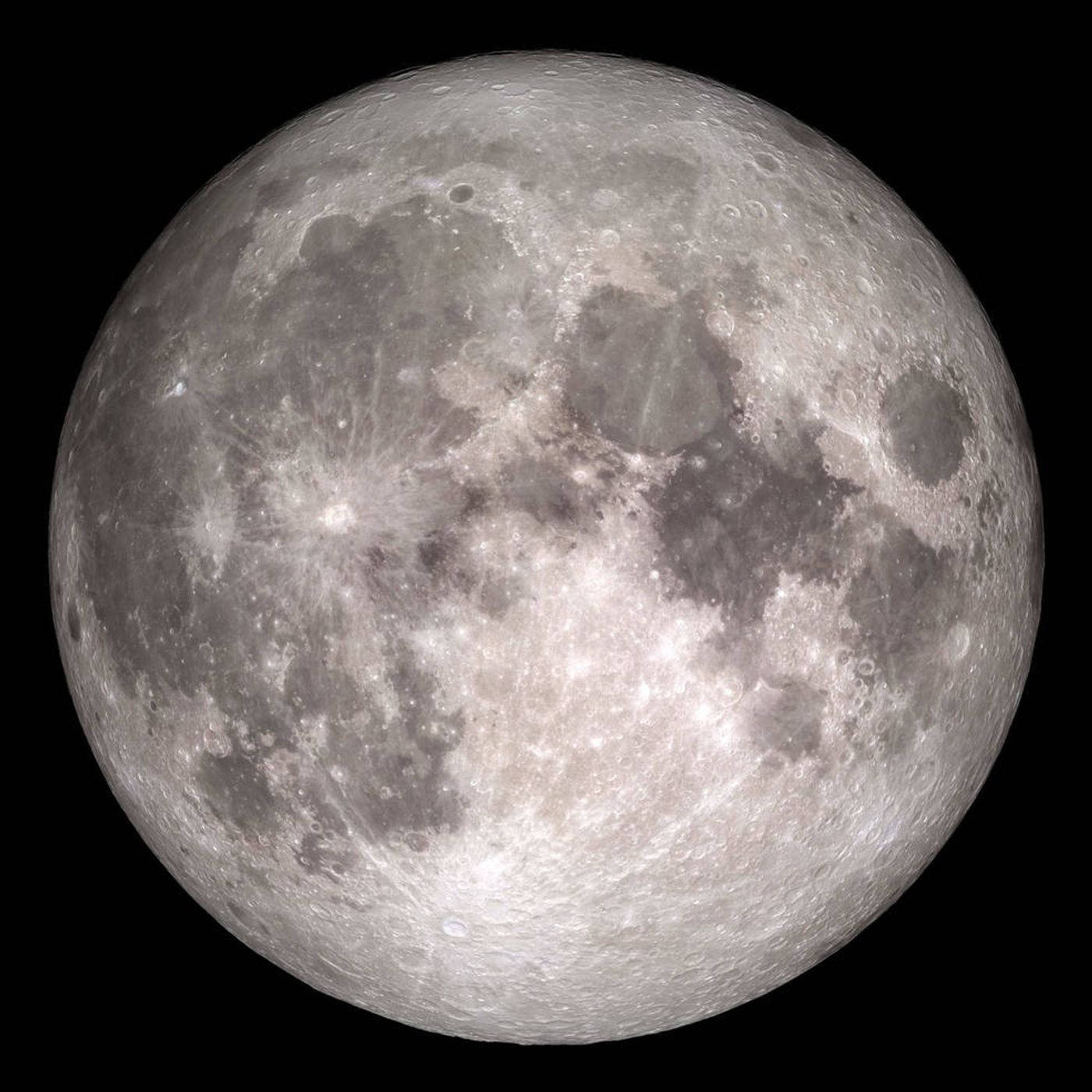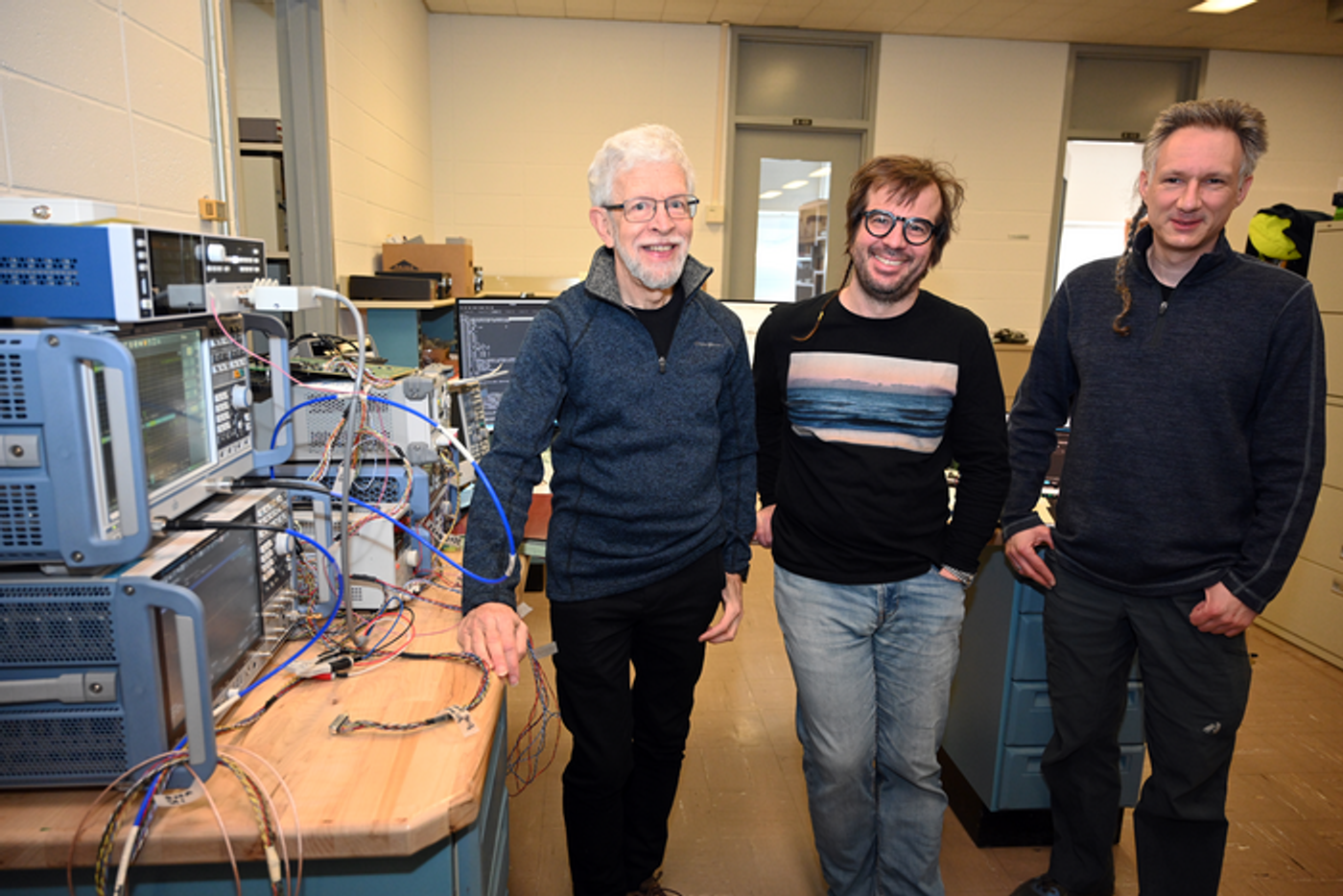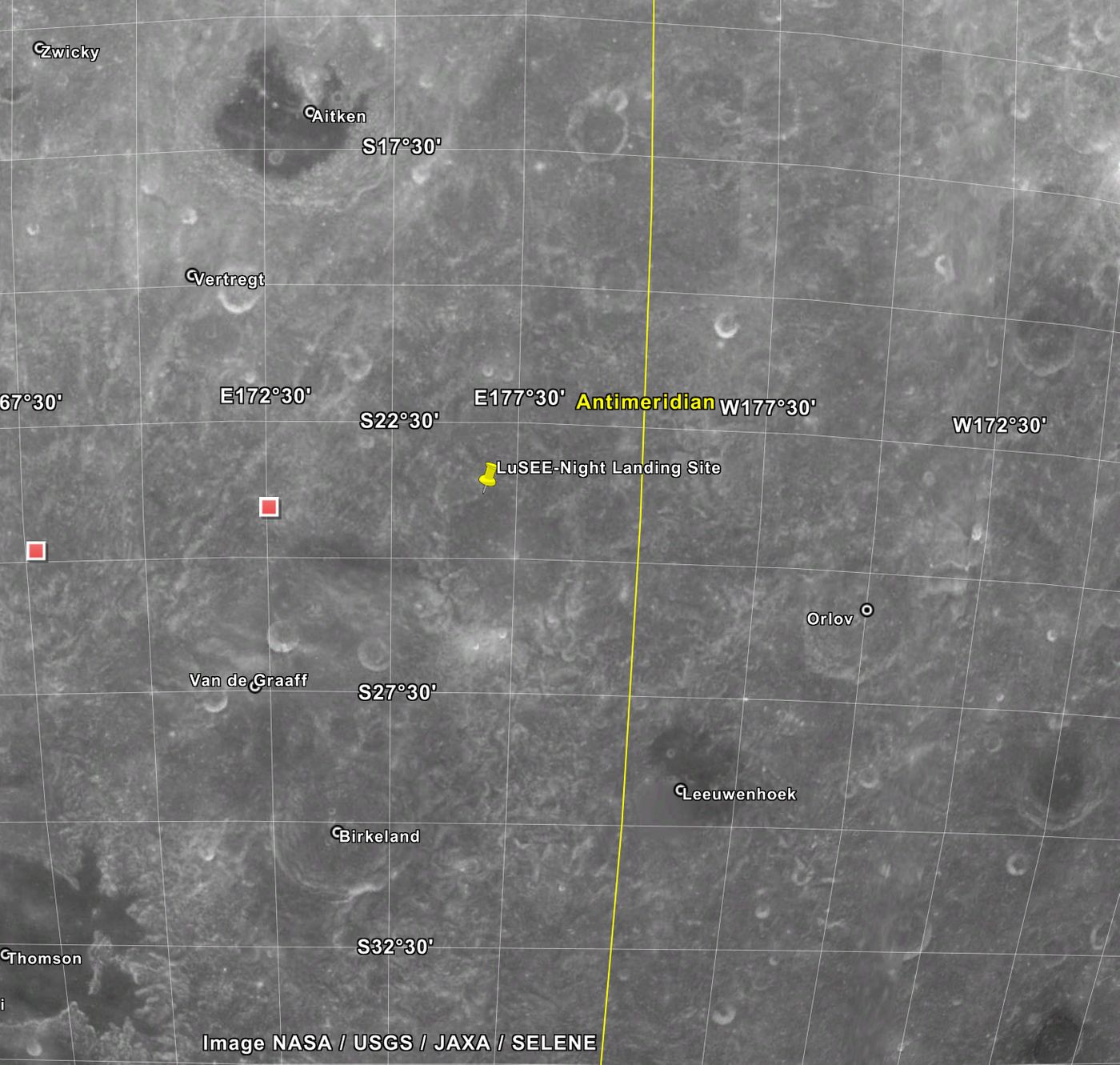Proposed Radio Telescope on Far Side of the Moon Could Explore Early Universe
NASA and the U.S. Department of Energy (DOE) are undertaking a collaborative project called the Lunar Surface Electromagnetics Experiment-Night (LuSEE-Night), a proposed radio telescope that will be based on the far side of the Moon. The primary goal of the project will be to detect radio waves emanating from what’s known as the Dark Ages of the Universe, what scientists refer to as the “Dark Age Signal”, which is a period beginning approximately 380,000 years after the Big Bang when no stars or planets were formed, and a period that’s been unable to be observed by scientists.
“Modeling the universe is easier before stars have formed. We can calculate almost everything exactly,” said Dr. Anže Slosar, who is a physicist and Distinguished Scientist at the Brookhaven National Laboratory. “So far, we can only make predictions about earlier stages of the universe using a benchmark called the cosmic microwave background. The Dark Ages Signal would provide a new benchmark. And if predictions based on each benchmark don’t match, that means we’ve discovered new physics.”
Having LuSEE-Night on the far side of the Moon will provide an ample opportunity to scan the universe for radio signals given the complete radio silence it has from Earth due to both celestial bodies being tidally locked to each other. This is why the same side of the Moon always faces Earth with the lunar phase cycle (from Full Moon to Full Moon) lasting 29.5 days.
However, this also presents new challenges as while the lunar far side is immersed in total darkness for 14 Earth days, it’s then immersed in complete sunlight for another 14 Earth days. This means the surface experience temperature fluctuations between 250°F (120°C) and -280°F (-173°C), which could prove challenging for a robotic explorer to survive.
“The moon is easier to reach than Mars, but everything else is more challenging,” said Paul O’Connor, who is a senior scientist in Brookhaven’s Instrumentation Division and the Project Instrument Scientist on LuSEE-Night. “There's a reason only one robotic rover has landed on the Moon in the last 50 years, while six went to Mars, which is 100 times farther away. It’s a vacuum environment, which makes removing heat difficult, and there’s a bunch of radiation.”
Paul O'Connor (left), Anže Slosar (center), and Sven Herrmann(right) in the Brookhaven instrumentation lab where the researchers are developing the spectrometer for LuSEE-Night, the heart of the instrument. (Credit: Brookhaven National Laboratory)
The proposed landing site for LuSee-Night on the far side of the Moon. (Credit: NASA/USGS/JAXA/SELENE)
Such a drastic temperature range could not only interfere with LuSEE-Night receiving and transmitting data back to Earth, but could also cause instruments to freeze, thus ending the mission earlier than expected.
“LuSEE-Night will operate during the cold temperatures of the 14-day lunar night, when no sunlight is available to generate power or heat,” said Dr. Joel Kearns, who is the Deputy Associate Administrator for Exploration in NASA’s Science Mission Directorate. “In addition to the significant potential science return, demonstration of the LuSEE-Night lunar night survival technology is critical to performing long-term, high-priority science investigations from the lunar surface.”
Upon landing on the lunar far side, LuSEE-Night’s lander will permanently turn off to prevent it from producing radio interference on the surface. Next, LuSEE-Night’s telescope will deploy a turntable containing four three-meter-long antennas that will be used to collect and transmit the data. Once this is complete, LuSEE-Night will have to endure its first major hurdle, which is to survive its first night on the Moon’s far side, which as stated, lasts 14 Earth days.
The first set of data will be collected and transmitted after the first 40 days of the mission, but until then, scientists much patiently wait to see if the spacecraft survived. If survival is achieved, LuSEE-Night will prove that accomplishing radio cosmology experiments on the far side of the Moon is attainable.
LuSee-Night is scheduled to be delivered to the far side of the Moon on NASA’s Commercial Lunar Payload Services (CLPS) in 2025.
Sources: Brookhaven National Laboratory, U.S. Department of Energy, LuSEE-Night, NASA
As always, keep doing science & keep looking up!











